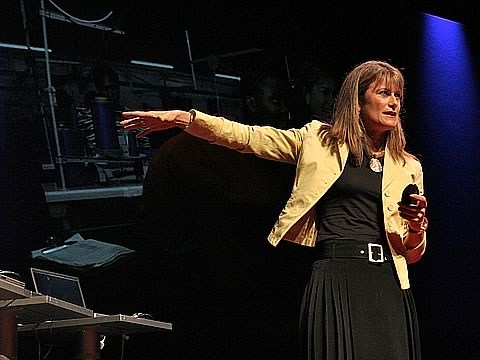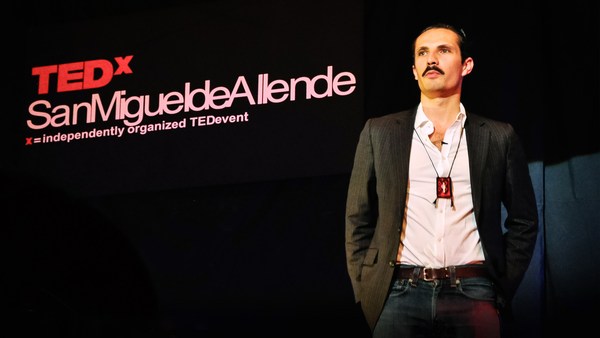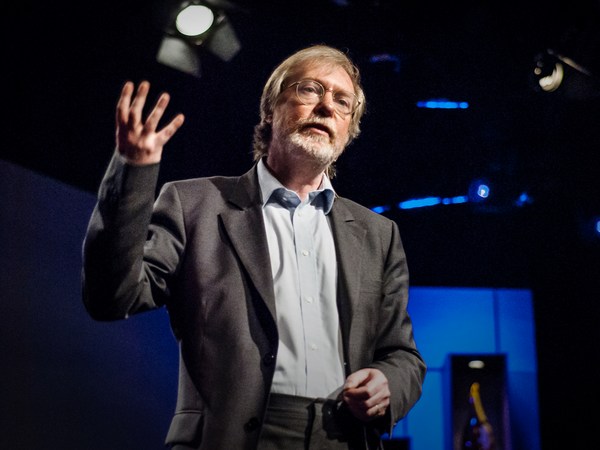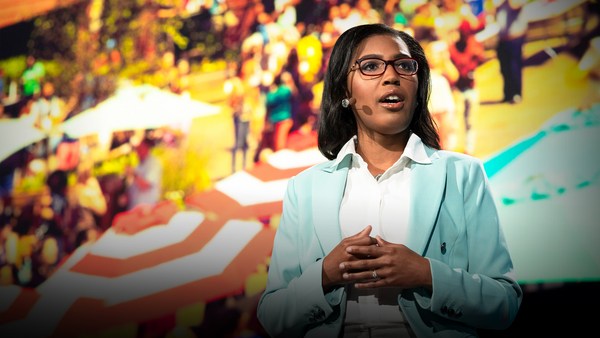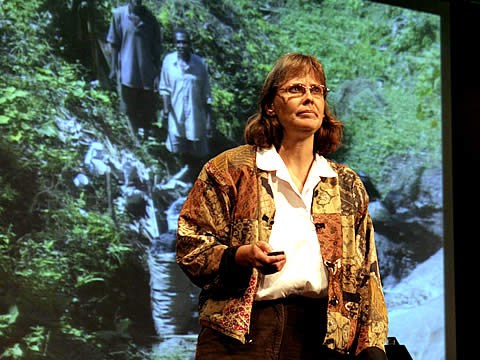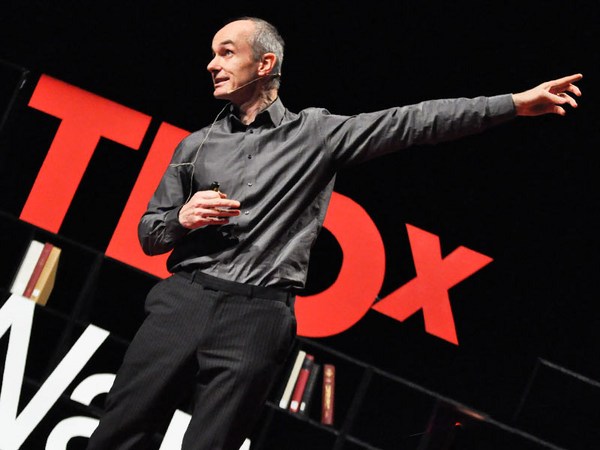So, without romanticizing this too much: imagine that you light your home with kerosene and candles every night, and that you do all of your cooking with charcoal. This is how the world's two billion poorest people cook and light their homes every day. This isn't just inconvenient, this is inefficient, it's expensive, it's harmful to human health, harmful to the environment, and it's unproductive. And that's energy poverty.
So let me give you a couple of examples. I work in Haiti, where about 80% of the population lives in energy poverty. The average household spends 10% of its income on kerosene for lighting – that's an order of magnitude greater than what the average US household spends on electricity to light their homes. The 2008 hurricane season in Haiti caused about one billion dollars in damage. That was a sixth of their GDP. The damage was so severe because the primary energy fuel in Haiti is charcoal, which is made from trees, and has left the country almost completely deforested. Without trees, the country can't absorb heavy rains and massive flooding, as a result. So in the industrialized world, we built walls that protect us from the externalities of our energy use; we can afford to clean up acute environmental disasters; and we can also afford to adapt to chronic conditions like climate change. That's not the case for Haiti. They can't afford this. The only way they're going to lift themselves out of energy poverty is by adapting fuels that are more efficient, that are less expensive, that are better for human health, better for the environment and that are more productive.
So it turns out that those fuels and technologies exist, and this is an example of that. This is a solar LED lightbulb that we sell for a retail price of about 10 dollars in rural Haiti. That's a payback period of less than three months for the average Haitian household. The prescriptions to solve energy poverty seems pretty straightforward: you develop these technologies that have a great return on investment, and people should be snatching them up. But that's not the case.
The first time I ever went down to Haiti was in August of 2008, sort of on a whim, and I was fielding surveys in the rural south of the country to assess the extent of energy poverty. And at night, I would go around sometimes and I would speak with the street vendors and see if they were interested in buying these solar LED lamps. One woman who I encountered turned down my offer, and she said, “Mon chéri, c'est trop Cher,” which basically means, “My dear, it's too expensive.” But I tried to explain to her, “Look, this is going to save you a lot of money, and it's going to give you even better light than what you're using now with the kerosene.” So I didn't make the sale, but I did learn a really important lesson, which is that technology, products, were not going to end energy poverty. Instead, access was going to.
Specifically, there are two types of access that are going to end energy poverty: there's physical access, and there's financial access. So, physical access -- what does that mean? It's very expensive for low-income households in developing countries to reach major centers of commerce. And it's basically impossible for them to order something off Amazon.com. “The last mile” is a phrase that's normally associated with the telecommunications industry. It means that last bit of wire that's necessary to connect the customer to the provider. What we need for ending energy poverty are last-mile retailers that bring these clean energy products to the people. The kerosene and charcoal value chains already figured this out: those fuels are ubiquitous across the entire country. You can go to the most remote village in Haiti and you will find somebody selling kerosene and charcoal.
So the other type of access: financial. We all know that clean energy products, technologies, tend to be characterized by higher upfront costs, but very low operating costs. And so in the industrialized world, we have very generous subsidies that are specifically designed to bring down those upfront costs. Those subsidies don't exist in Haiti. What they do have is microfinance. But you're going to severely diminish the value proposition of your clean energy product if you expect somebody in Haiti to go out, get a microloan, go back to the retailer, and then buy the clean energy product.
So the prescription to end energy poverty is much more complicated than simply products. We need to integrate financial access directly into new, innovative distribution models. What does that mean? That means bundling consumer credit with the retailer. This is really easy for Bloomingdale’s to do, but it's not so easy for a rural sales agent in Haiti to do. We need to redirect cash flows that are going now from the diaspora in the United States through Western Union wire transfers in cash directly into clean energy products that can be delivered to or picked up by their friends or family in Haiti.
So the next time you hear about a technology or product that's going to change the world, be a little bit skeptical. The inventor Dean Kamen, the guy who invented the Segway, a genius by any standards, once said that his job is easy, inventing things is easy, the hard part is the technology dissemination -- it's getting those technologies and products to the people who need it most.
Thank you.
(Applause)
